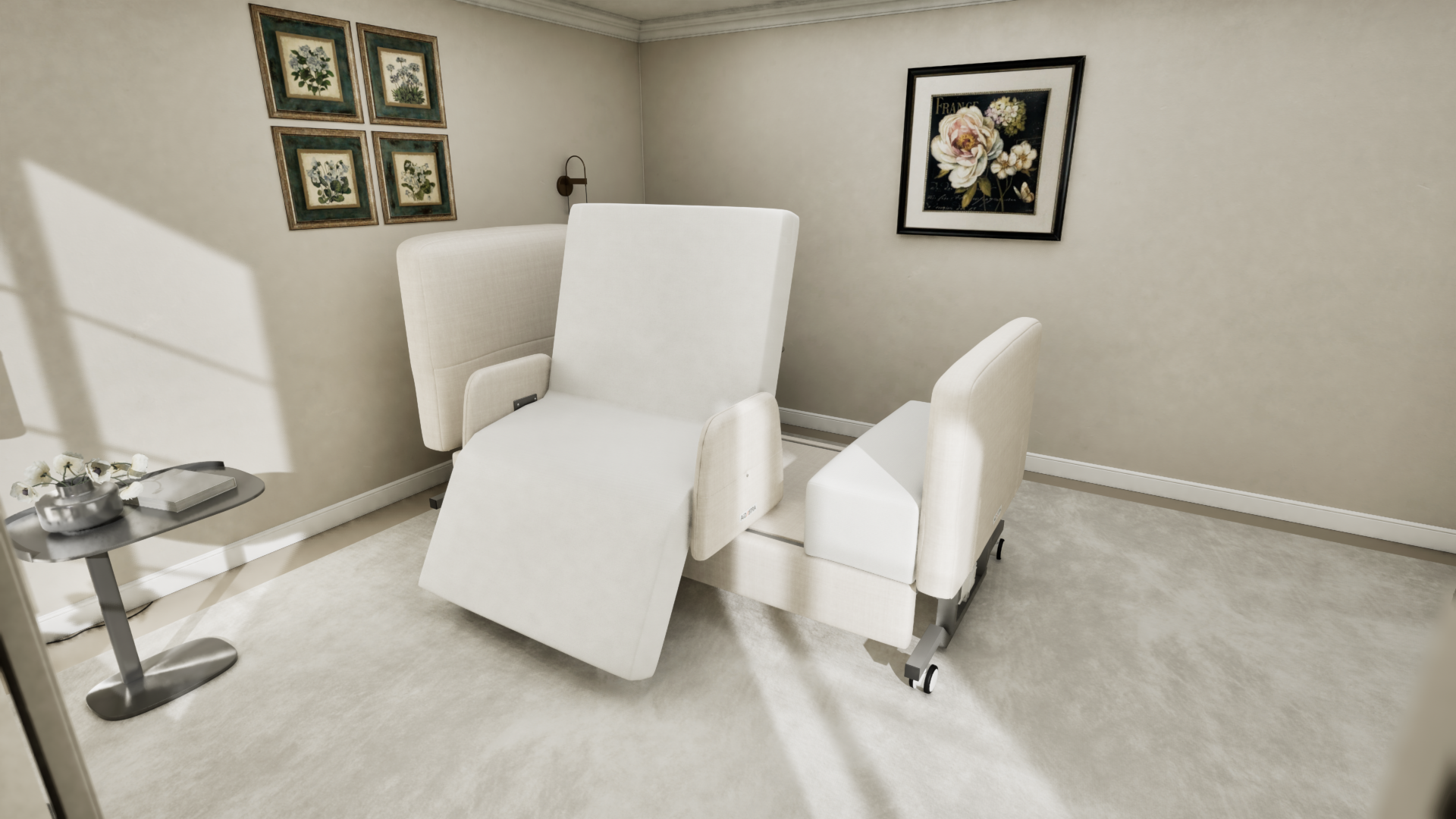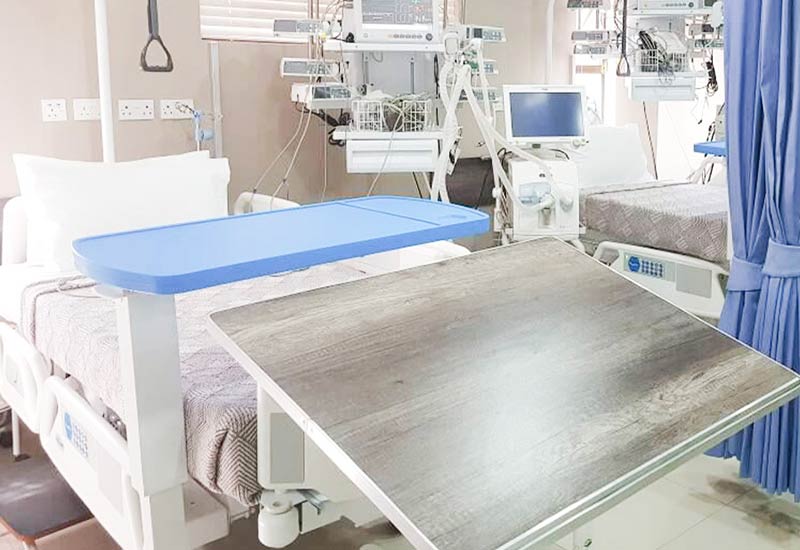What Does Hospital Beds For Home Use Do?
Our Hospital Beds For Home Use Ideas
Table of Contents3 Easy Facts About Hospital Beds For Home Use DescribedThe 7-Second Trick For Hospital Beds For Home UseSome Known Factual Statements About Hospital Beds For Home Use Examine This Report on Hospital Beds For Home UseWhat Does Hospital Beds For Home Use Do?7 Easy Facts About Hospital Beds For Home Use ExplainedSome Known Details About Hospital Beds For Home Use
Next off, we will explore the features, uses, and Pros and Disadvantages of each type of health center bed in depth. A hand-operated medical facility bed is the most fundamental kind of medical facility bed, and all change features are accomplished via a hand-cranked device.These hand-cranked gadgets are usually set up at the foot or side of the bed, and the caretaker or patient can readjust the elevation or tilt angle of the bed by shaking the manage. Because no electrical components are required, are typically less costly than electric medical facility beds, ideal for clinical institutions or families with restricted spending plans.
Hospital Beds For Home Use Can Be Fun For Everyone
For clients who need to adjust their posture or height frequently, manual beds may not be convenient enough because each adjustment requires manual operation. If the bed needs to be adjusted frequently, nursing staff may require to invest more physical stamina to operate the hand-cranked tool - hospital beds for home use. Manual beds are typically appropriate for individuals in the healing period or occasions with low nursing needs
Generally, the change of the back and legs is regulated by electrical motors, while the general height adjustment still needs to be done by hand. The objective of this style is to minimize expenses and energy usage while keeping high operational benefit. Contrasted with manual healthcare facility beds, semi-electric healthcare facility beds are easier in readjusting the back and legs, particularly for clients that require to adjust their stance often.
Because just some functions depend on electricity, semi-electric health center beds take in much less power during usage. Because the total height still requires to be changed by hand, it may not be as convenient as completely electric healthcare facility beds for patients that need to change the bed elevation often. Compared to hand-operated healthcare facility beds, semi-electric medical facility beds are a little much more complex to operate, calling for users to grasp the mix of electric and hands-on procedures.
Electric healthcare facility beds have high modification accuracy and can be exactly adapted to a certain angle and elevation according to the demands of individuals to provide the most comfy assistance. All-electric medical facility beds are normally equipped with a variety of extra functions, such as integrated ranges, cushion stress adjustment, etc, to satisfy the unique demands of various patients.
8 Easy Facts About Hospital Beds For Home Use Explained
A reduced bed is a specifically created hospital bed that can be changed to an extremely reduced degree, typically just a few inches from the ground. The purpose of this design is to reduce the threat of people dropping from the bed, especially for patients that are at risk of dropping, such as the senior or clients with limited mobility.

All About Hospital Beds For Home Use
give a care setting suitable for kids's elevation and body shape, boosting the view convenience and read safety of kids. Some pediatric beds are additionally equipped with brightly colored bed rails or animation decors to decrease the concern of youngsters in the hospital atmosphere. For children that need to stay in bed for a very long time, pediatric beds are usually geared up with anti-bedsore cushions, flexible bed rails and various other functions to offer detailed treatment assistance.
The distribution bed is additionally outfitted with postpartum recovery features, such as cushion adjustment, bed home heating, and so on, to help mothers recuperate quicker. The extensive care bed (ICU Bed) is designed for the critical care unit (ICU) and has extensive monitoring and nursing features. This kind of bed is usually geared up with interfaces for a variety of monitoring equipment, which can keep an eye on the person's essential indicators in actual time, such as heart price, high blood pressure, respiration, etc.
Not known Details About Hospital Beds For Home Use
The extensive treatment bed has a fully electrical modification feature, which can swiftly adjust the angle and setting of check this site out the bed to fulfill the requirements of various therapies and care. The style of ICU bed takes into account the demand of rescue operation. The bed can be quickly gotten used to the most ideal rescue position and accept the usage of rescue equipment.
It can properly isolate people from the outdoors and decrease the threat of infection transmission. Isolation beds are normally equipped with special bed drapes or sealing covers and linked to air filtration systems to keep the air around the bed tidy. Seclusion beds are specially made to avoid the spread of virus from infectious individuals and shield the security of various other people and medical personnel.
Isolation beds are furnished with air purification systems that can filter bacteria and particulate issue in the air to keep the air around the bed tidy. Can additionally be adjusted to different positions.
Not known Factual Statements About Hospital Beds For Home Use
Wider and tougher than a standard bed. Obese, obesity, individual sizeDesigned for clients at threat of falling out of bed. Reduced to the ground than a standard bed.

In a health care setup, choosing the best bed can not just improve the effectiveness of treatment, however additionally considerably enhance patient comfort and safety and security. By comprehending the kinds and usages of these beds, healthcare facilities and family members caretakers can better support and take care of their people.
The Main Principles Of Hospital Beds For Home Use
HomeCare Healthcare Facility Beds, a division of DiaMedical United States, is committed to supplying total transparency for its customers. Patients can be overwhelmed by the various choices in lengthy term care products, and HomeCare Hospital Beds is committed to streamlining this procedure, while making certain consumers get the info and support they require.
Medicare Component B (Medical Insurance coverage) covers healthcare facility beds as resilient medical equipment (DME) that your medical professional suggests for use in your home. After you fulfill the Component B insurance deductible you pay 20% of the Medicare-approved quantity (if your vendor accepts assignment). Medicare spends for different type of DME in different ways.
